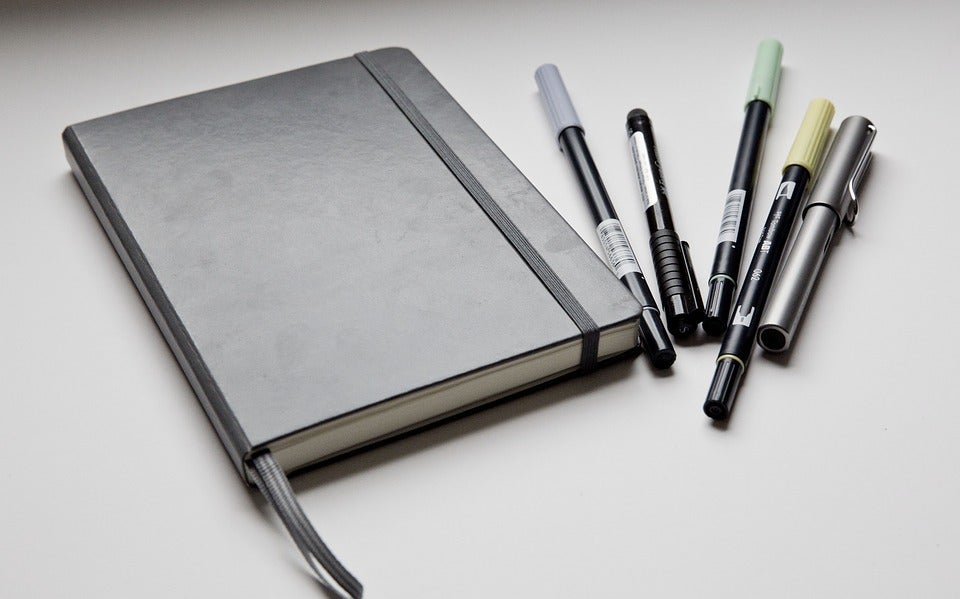
At the start of the first year in university, I was determined to be productive and organized. I bought an agenda, but I realized that there would be weeks where I used it constantly and weeks where I didn’t use it at all. I didn’t think this was the best resource for me, so I decided to try bullet journaling for my next year.
Bullet journaling is a concept created by Ryder Carroll; his goal was to create a system that can evolve and adapt based on each person’s needs. The Bullet Journal website describes in detail how each part of the organization system works, from the index to yearly, monthly, and daily logs. All you need to do is start with a fresh notebook; lined, dotted, or blank, it’s up to you! The key idea is that you have the freedom to lay out your journal in any way that works for you without the constraints of a pre-planned agenda, whether your style is decorative and neat or simple and practical. What I love about the bullet journal is that I can use it when I need it most, and not have to worry about leaving pages of weekly layouts blank, because I am the one creating the design.
This video is great for introducing the concept of a bullet journal to a beginner.
The Key
The method of bullet journaling relies on the key that Ryder Carroll had created. It allows for quick entries in your journal, while at the same time separating the entries into different categories. Different symbols beside your journal entry mean different things. A closed dot means a task, an open dot represents an event, and a dash represents a note.
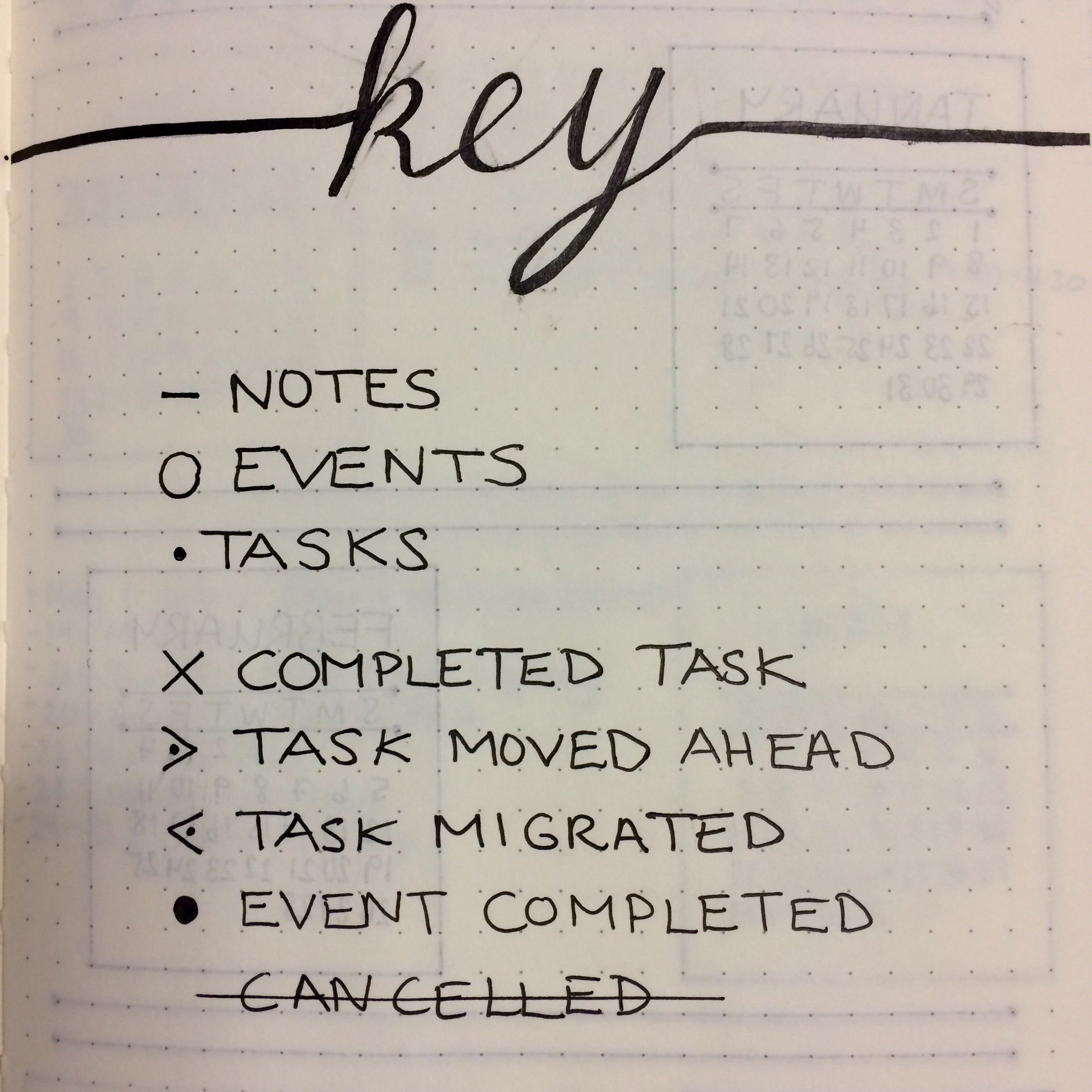
Once the event has been completed, the open circle is coloured in, and when a task is completed, the dot is struck through with an X. If an event is cancelled, a line is crossed through the entry. A forward arrow over the task dot represents that the task has been “migrated”; it has been moved to the next weekly or daily log. A backward arrow over the task dot represents that the task has been rescheduled.
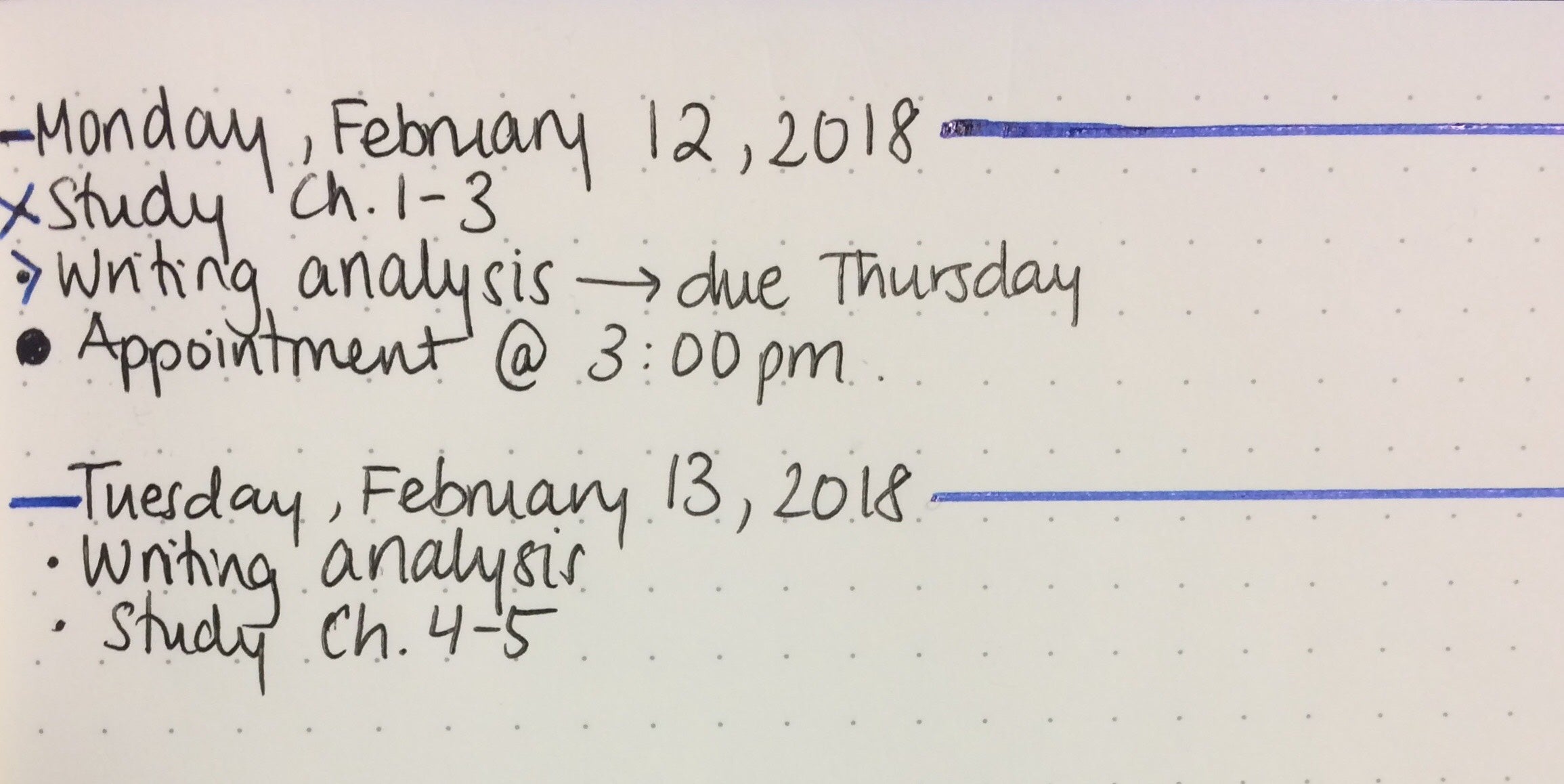
Creative vs Practical
There are generally two different styles of bullet journaling: creative or practical. However, the most important part is to experiment and to develop your own style that you can keep up with and will work best for you.

The creative bullet journaler tends to use the process of bullet journaling as a way to de-stress at the end of the day or week. They may have other layouts in addition to the usual monthly and weekly logs, like mood and habit trackers, lists, etc. The process of creating intricate layouts can create a routine for the journaler at the beginning of the week, month, or year. The pages may be more colourful and they might use additional crafting supplies like sticky notes, washi tape, and scrapbook paper.
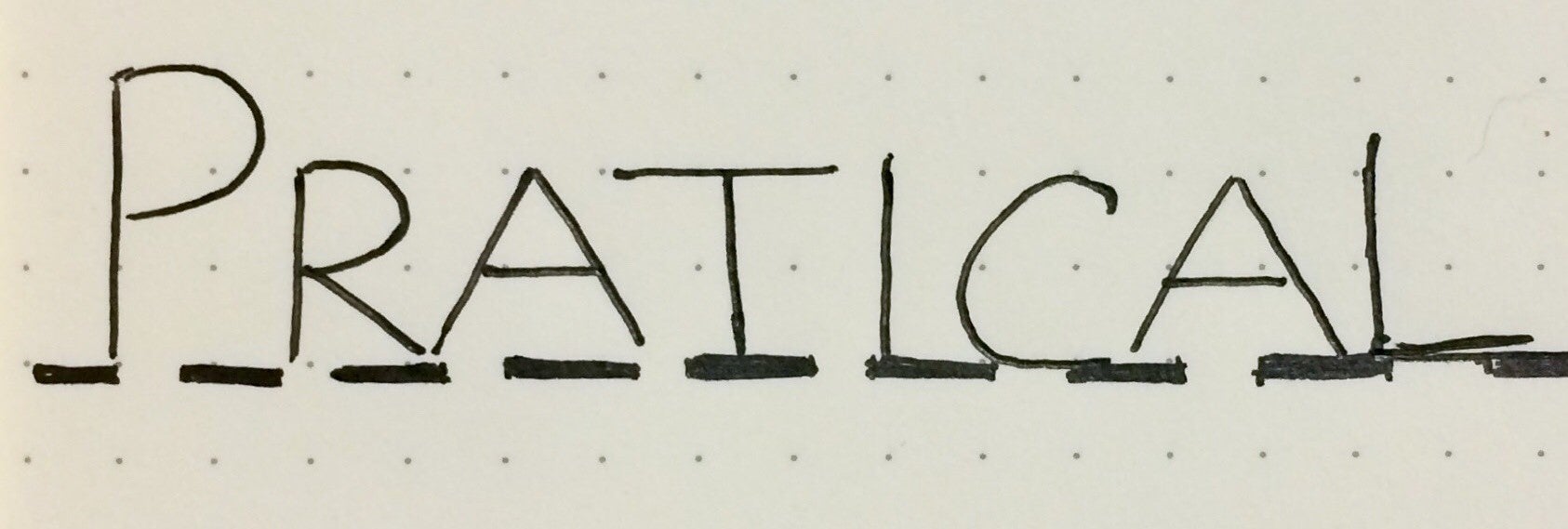
The practical bullet journaler may be someone who is busier in their daily life. They might only want to include the essentials, in order to better make use of their time. Their style becomes really minimalistic and is perfect for someone who likes the key and the process of bullet journaling, but isn’t someone who likes to spend too much time on making the layouts. The quick notetaking feature interests the practical bullet journaler due to the productivity factor.
Modules
This organization process can be really helpful for students in their busier times of the year. Here are some examples of each of the different layouts, in both a creative and a practical style.
Future Log
The future log allows the journaler to quickly jot down any dates that you know to have an event or task due within the year. This will allow you to see when your busier months will be and to plan accordingly. This section tends to be updated the most as you learn of more things happening in the following months.
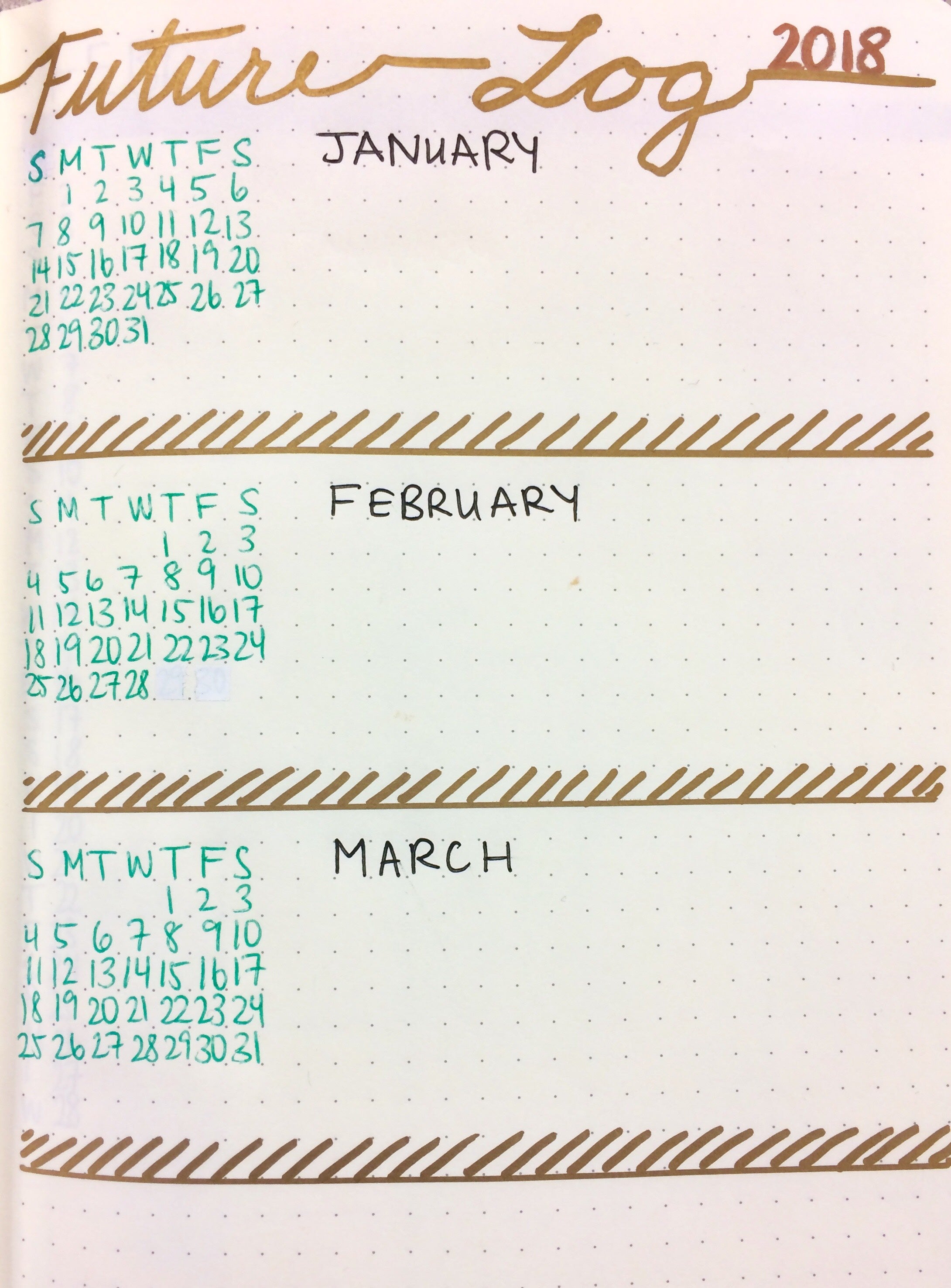
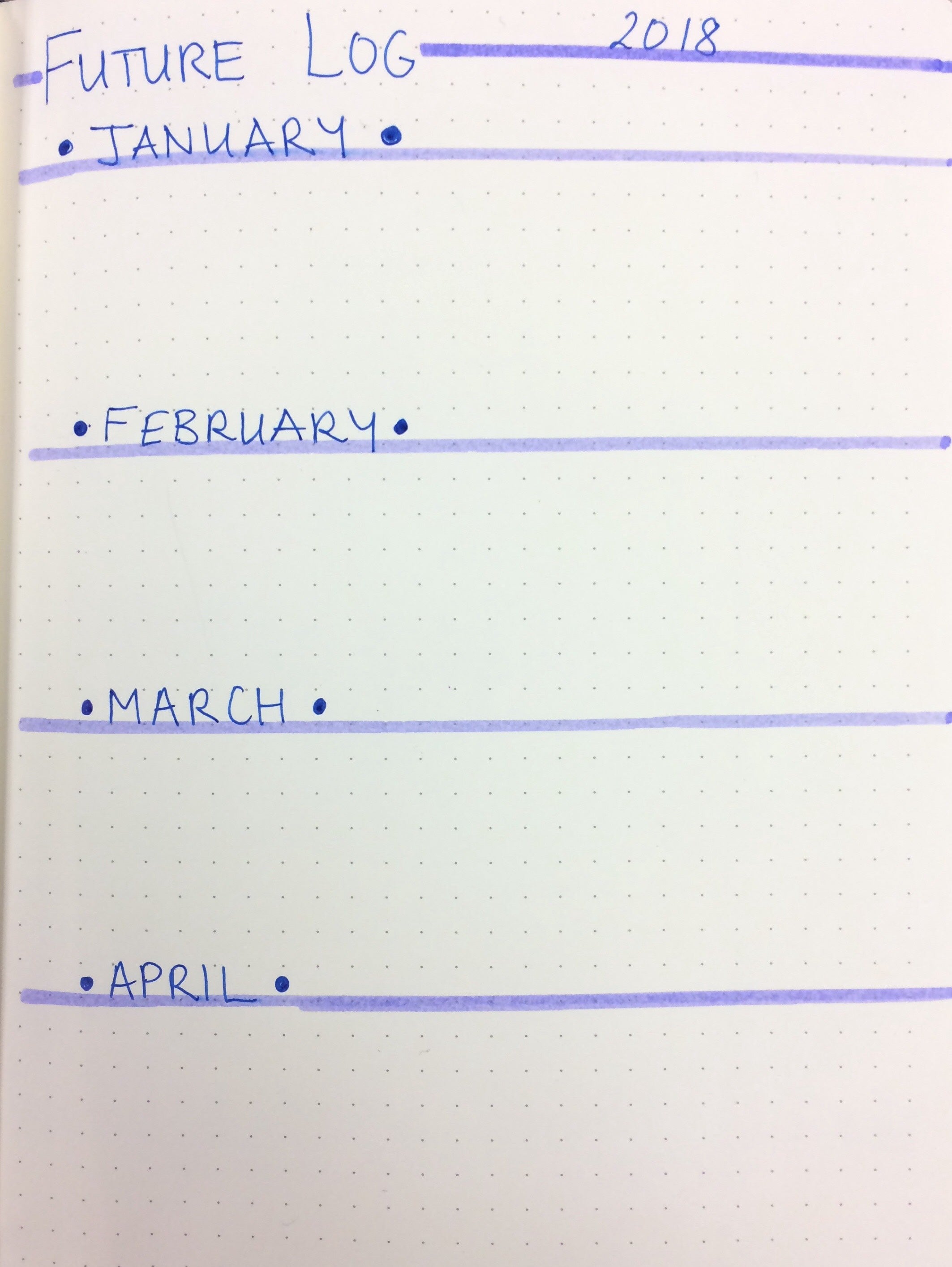
Monthly Log
The monthly log is where you write down in detail all the events and due dates of the month. When filling out the monthly calendar, refer back to the year in review for any specific dates that you made note of previously.
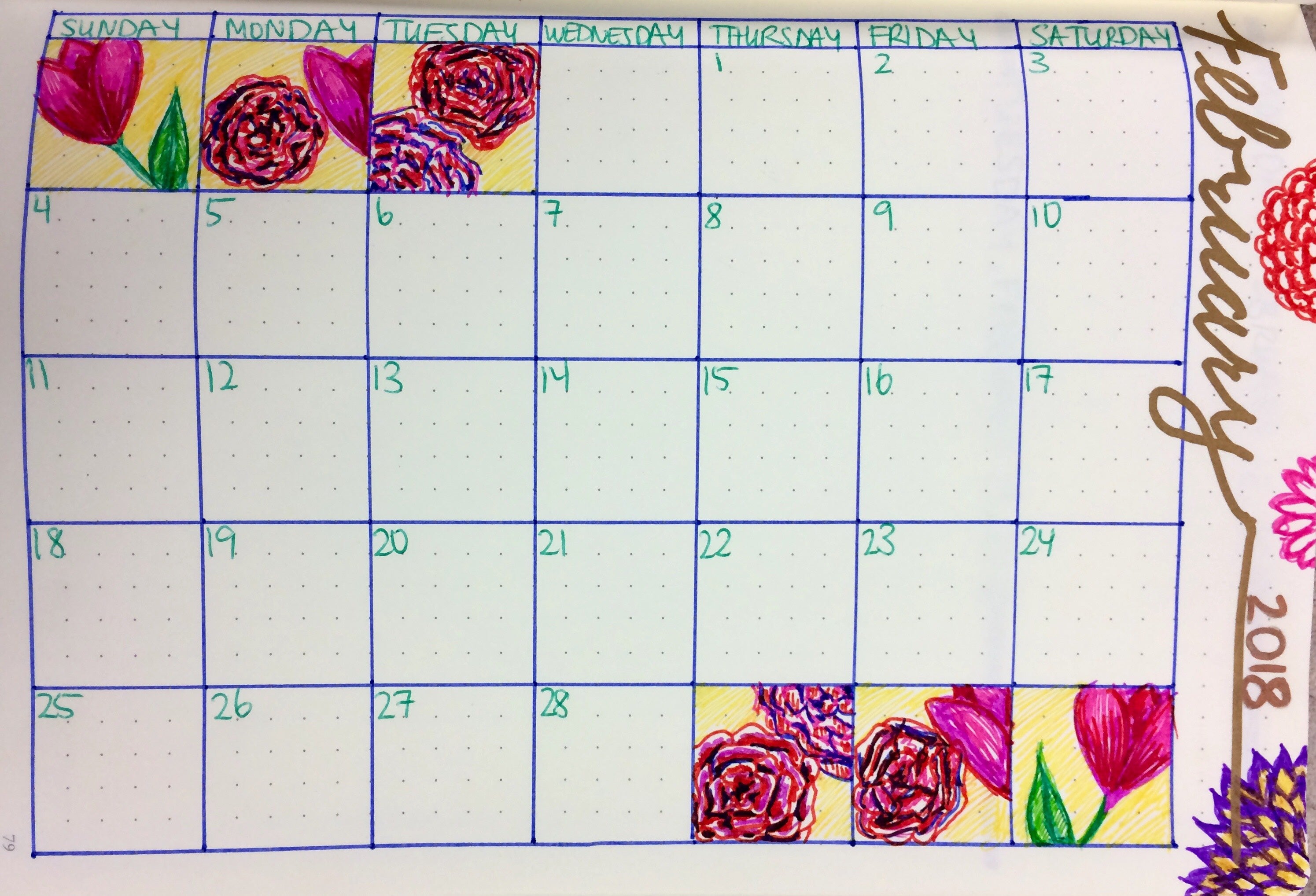
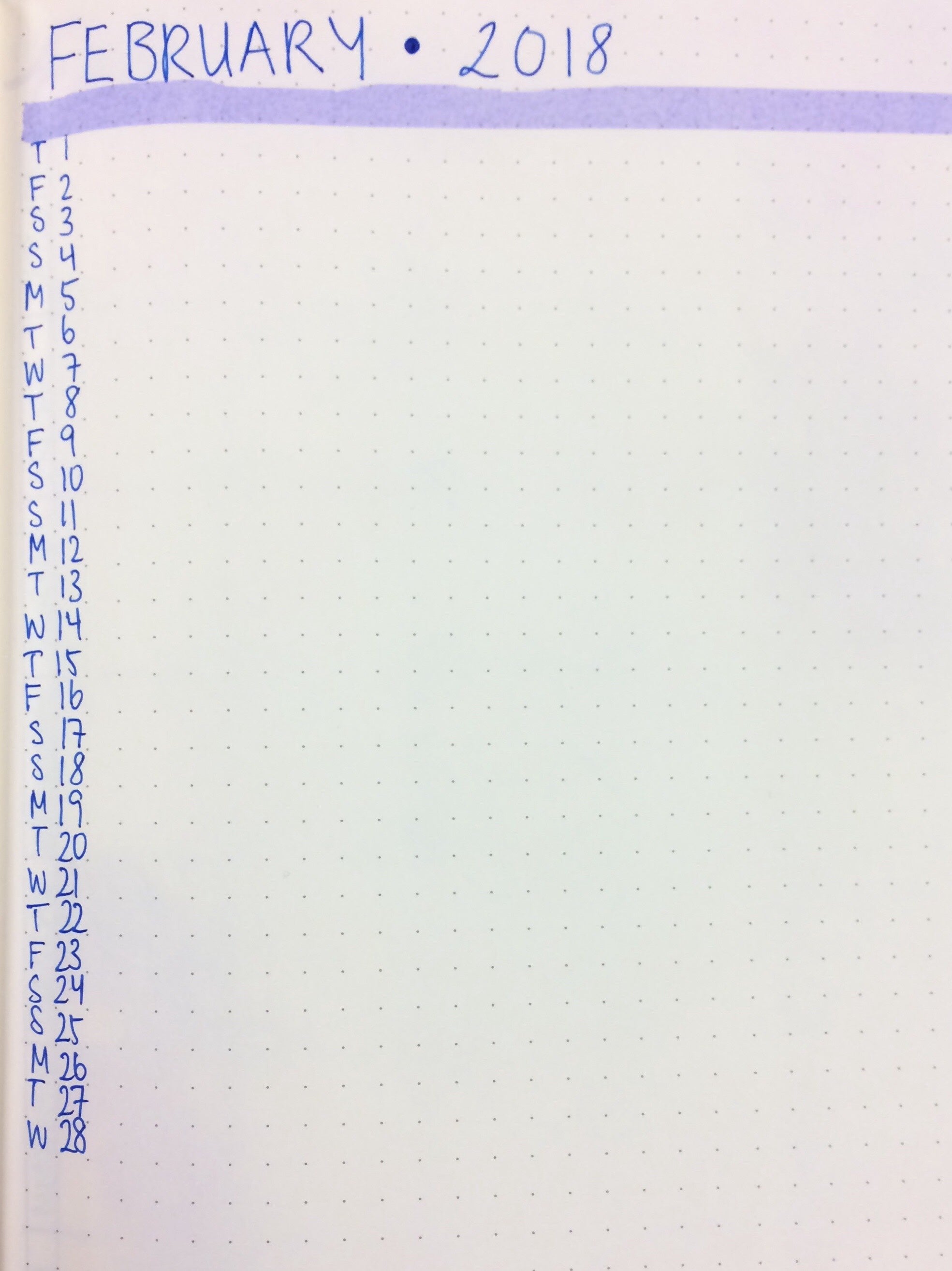
Daily Log
Using this method myself, I prefer to not create any sort of a weekly calendar and instead skip to the daily logs. You have the choice to create a spread for the week with outlined sections for each day, or just write the day at the start of each daily log and continue with your journal entries. Again, refer back to the monthly calendar for any events scheduled for that day.
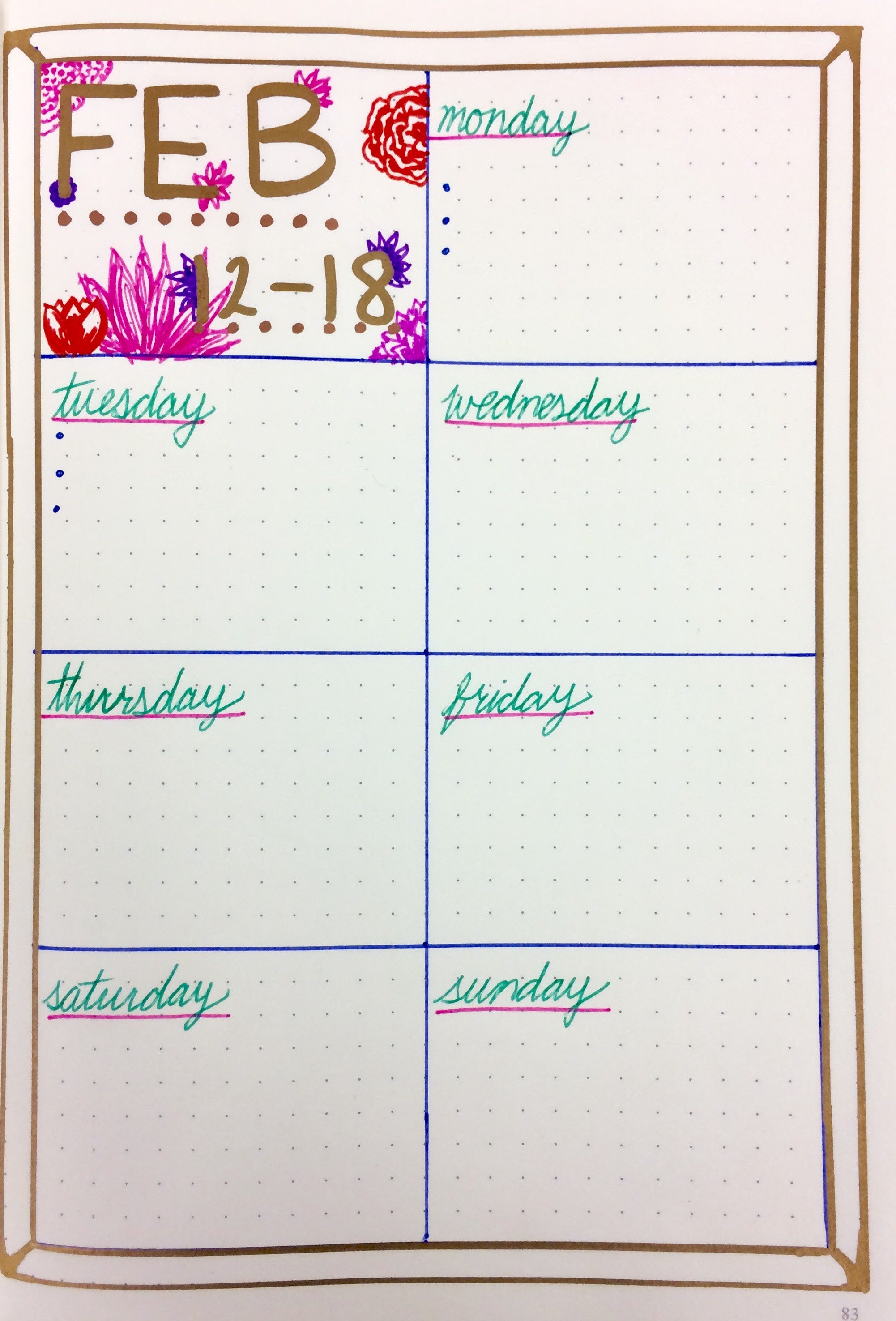
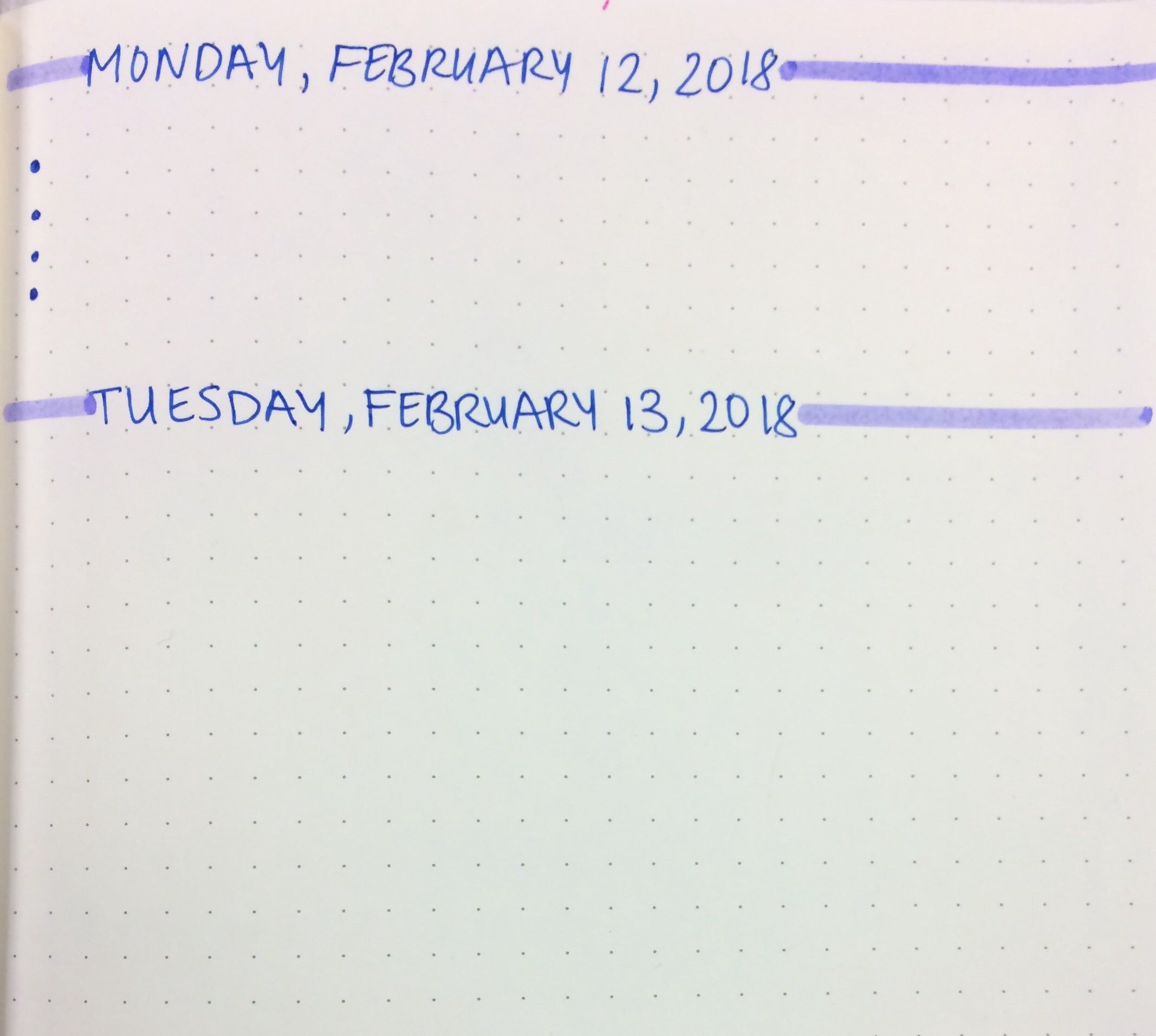
Bullet journaling is really tailored to your style. So feel free to experiment with which type of method works best for you!